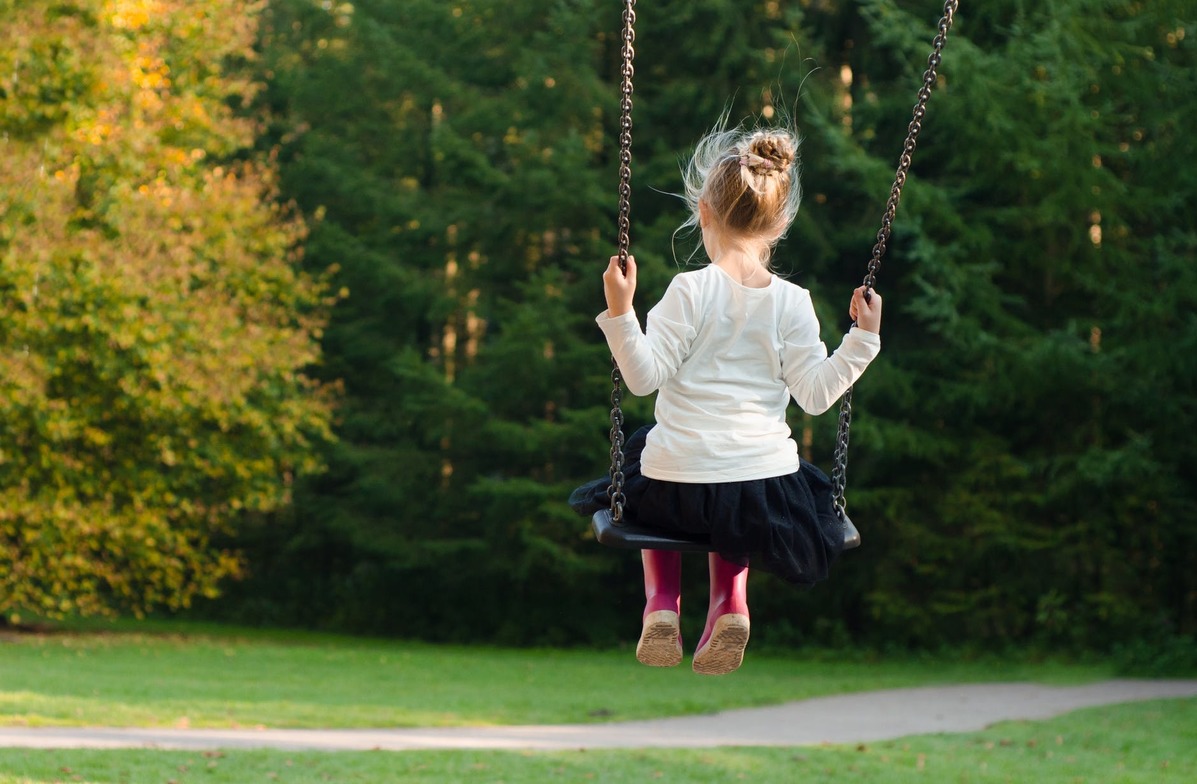
Shyness, in our culture, is considered to be a negative attribute, one that we wish to change either in ourselves or in our children. But when we look at shyness through the lens of attachment to those important in our lives, we see that shyness serves an important function. Have you ever seen a person act shy around someone to whom they have a relationship with, in other words, with a person to whom they are “attached?” This rarely appears to be the case. Dr. Gordon Neufeld, a developmental psychologist who specializes in parent-child attachment, states that, “shyness is an attachment force, designed to shut the child down socially, discouraging any interaction with those outside her nexus of safe connections” (Neufeld & Mate, 2004, p. 238). Next time your child is shy around someone, pay attention to their body language. They will usually turn towards the person with whom they are attached (even cling to them), and turn away from the ‘stranger.’ This is natural, stranger-danger protection. Even though they would be unable to put their behavior into words, they are doing their best to protect themselves, and their attachment relationship, from this person whom they do not know, nor trust.
Concern should instead lay in the lack of shyness some children and adults demonstrate in today’s culture. Children who are peer-focused seem very confident and social around their peers and likely receive accolades for their social skills. Yet these same “outgoing” children shy away from contact with important adults and gravitate to their peers to get their emotional needs met. So what happens when these children try to get their needs met by their same-age peers? Sadly, usually heartache. Their peers do not yet have the experience or share the same care for the child as an adult caretaker would.
So we need to be careful before we make the decision that our child’s shyness is a problem. Most children who demonstrate shyness around new people – peers and adults alike – likely have at least one strong adult relationship where they can safely get their emotional needs met. This is preferable to the child who is overly concerned with their peer relationships and seeks comfort from age-mates who are not highly skilled listeners or problem-solvers.
The best way to deal with shyness, according to Dr. Neufeld, is to encourage warm relationships with the adults who care for and teach our children. If our child is behaving shyly in any caretaking-type setting, it should be a sign to us that the relationship is not yet to a level where that child is ready to be taken care of by that person. A safe relationship is created by building the connection between the child and the caretaker and it takes time and thoughtful planning.
Finally, it appears to be a popular belief in our culture that the earlier we get our children out into the world to socialize, the better our child will be socially and the more friends they will have. There is no data to support this belief. In fact, the opposite appears to be true. According to Neufeld, the more time children spend with one another, the less likely they are to get along and to fit into civil society. His reasoning suggests that if we took the above popular belief to the extreme, we would see street kids and gang members being model members of a socialized society. The point is, if your shy child prefers to spend time with his/her adult attachment figures, assuming a healthy attachment relationship, chances are they will learn much more about being a civilized and social being in an adult’s presence. As well, they are more likely to develop healthier relationships with peers and other adults as they have a better developed “inner guide” that can assess which peers would make good friends and which adults would make a trusted confidant.
To consult and come up with a plan regarding your child’s shyness or anxiety, please contact Eckert Psychology & Education Centre.
Reference
Neufeld, G. & Mate, G. (2004). Hold on to your kids: Why parents need to matter more than peers. Toronto, ON: Random House of Canada



